Tuna is one of the most popular fish around the world, but many home cooks stick to the same basic recipes. Whether you’re working with canned tuna or fresh steaks, small changes can make huge differences in taste and texture. These simple tricks will help you transform ordinary tuna meals into restaurant-quality dishes that will impress your family and friends.
1. Master the Perfect Sear Temperature
Getting your pan screaming hot makes all the difference when cooking fresh tuna steaks. Most people cook tuna at medium heat, which creates a gray, overcooked mess instead of that beautiful pink center.
Heat your pan until it’s almost smoking before adding oil. This high temperature creates a golden crust while keeping the inside tender and juicy.
Remember to pat your tuna completely dry with paper towels first. Any moisture will prevent proper searing and leave you with steamed fish instead of that perfect caramelized exterior everyone loves.
2. Upgrade Your Canned Tuna with Fresh Herbs
Fresh herbs can completely transform boring canned tuna into something special. While dried herbs are convenient, fresh ones add bright flavors that make your dishes taste homemade and restaurant-quality.
Chop fresh dill, parsley, or basil and mix them into your tuna salad or pasta. The herbs add color, freshness, and amazing smell that makes people think you spent hours cooking.
Try adding fresh herbs right before serving to keep their bright green color and strong flavor. Even a simple tuna sandwich becomes gourmet when you add fresh chives or cilantro to the mix.
3. Add Citrus Zest for Instant Brightness
Lemon zest is like magic for tuna dishes because it adds incredible flavor without making things too sour. Most people only use lemon juice, but the zest from the peel contains oils that smell amazing and taste even better.
Use a fine grater to zest lemons, limes, or oranges directly over your tuna. The tiny pieces of peel add bursts of citrus flavor that wake up your taste buds.
Orange zest works especially well with spicy tuna dishes, while lime zest is perfect for Mexican-style tuna tacos. Always zest before you juice the fruit for the freshest flavor possible.
4. Create Flavor Layers with Marinades
Marinating tuna steaks for just 30 minutes can add incredible depth of flavor. Unlike chicken or beef, tuna doesn’t need hours of marinating because fish absorbs flavors quickly and can get mushy if left too long.
Mix soy sauce, ginger, and garlic for an Asian-style marinade. For Mediterranean flavors, try olive oil, herbs, and balsamic vinegar.
Always marinate tuna in the refrigerator and never longer than one hour. The acid in marinades will start to cook the fish if you leave it too long, changing the texture before you even start cooking.
5. Mix Different Tuna Textures Together
Combining flaked canned tuna with chunks of fresh tuna creates interesting textures that make every bite different. This technique works great in salads, pasta dishes, and even tuna burgers.
Use canned tuna as your base, then add small pieces of seared fresh tuna on top. The contrast between soft and firm textures makes dishes more exciting to eat.
You can also mix different types of canned tuna together. Combine regular tuna with albacore or yellowfin for varied textures and flavors that add complexity to simple recipes without extra work or ingredients.
6. Toast Your Spices Before Adding
Toasting spices in a dry pan for just two minutes releases oils that make flavors much stronger and more complex. This simple step transforms ordinary spices into something that smells and tastes amazing.
Heat cumin, coriander, or sesame seeds in a pan until they smell fragrant. Then grind them up or use them whole in your tuna dishes.
Toasted sesame seeds are especially good sprinkled over tuna salads or poke bowls. The nutty flavor pairs perfectly with fish and adds a satisfying crunch that makes every bite more interesting and delicious.
7. Use Quality Olive Oil as a Finishing Touch
Drizzling good olive oil over cooked tuna right before serving adds richness and brings all the flavors together. This isn’t about cooking with expensive oil, but using it as a final flavor booster.
Choose extra virgin olive oil with a fruity or peppery taste that complements your dish. Just a small drizzle makes tuna taste more luxurious and restaurant-quality.
Pour the oil in a thin stream over your finished dish, not during cooking. Heat destroys the delicate flavors of good olive oil, so save it for the end when people can really taste the difference it makes.
8. Incorporate Unexpected Crunchy Elements
Adding crunchy ingredients like toasted nuts, seeds, or crispy vegetables makes tuna dishes more interesting and satisfying. The contrast between soft fish and crunchy additions creates texture that keeps people engaged with every bite.
Try adding toasted pine nuts to tuna pasta or crispy fried onions to tuna casseroles. Even simple additions like chopped celery or water chestnuts work wonderfully.
Crushed crackers or breadcrumbs toasted with butter add richness and crunch to tuna salads. These small touches make ordinary dishes feel special and show that you put thought into creating different textures and flavors.
9. Balance Flavors with Sweet and Savory
Adding a touch of sweetness to tuna dishes creates balance that makes flavors more complex and interesting. Sweet elements help cut through the richness of fish and make dishes taste more well-rounded.
Try adding diced apples or grapes to tuna salad, or a small amount of honey to marinades. Dried cranberries or raisins also work well in pasta dishes.
Caramelized onions bring natural sweetness that pairs beautifully with tuna steaks. The key is using just enough sweetness to enhance other flavors without making the dish taste like dessert or overwhelming the fish.
10. Time Your Cooking for Perfect Doneness
Timing is everything when cooking tuna because it goes from perfect to overcooked in just seconds. Fresh tuna should be seared quickly on high heat, usually 2-3 minutes per side for a one-inch thick steak.
The center should still be pink and slightly cool when you touch it. Tuna continues cooking even after you remove it from heat, so slightly underdone is better than overdone.
For canned tuna dishes, add the fish at the very end of cooking to prevent it from becoming mushy. Heat it just enough to warm through while maintaining its texture and flavor.
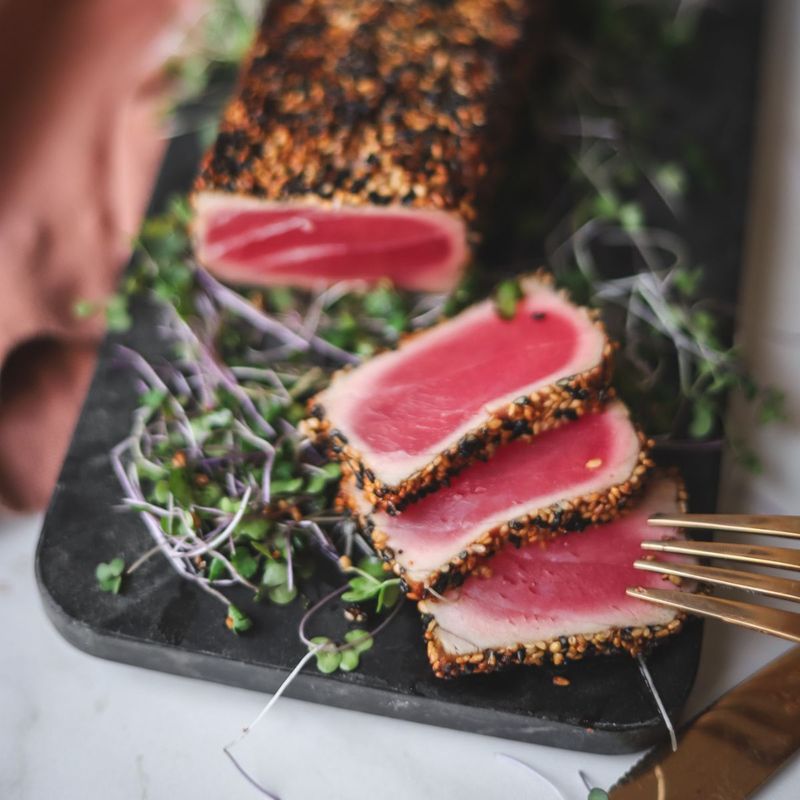
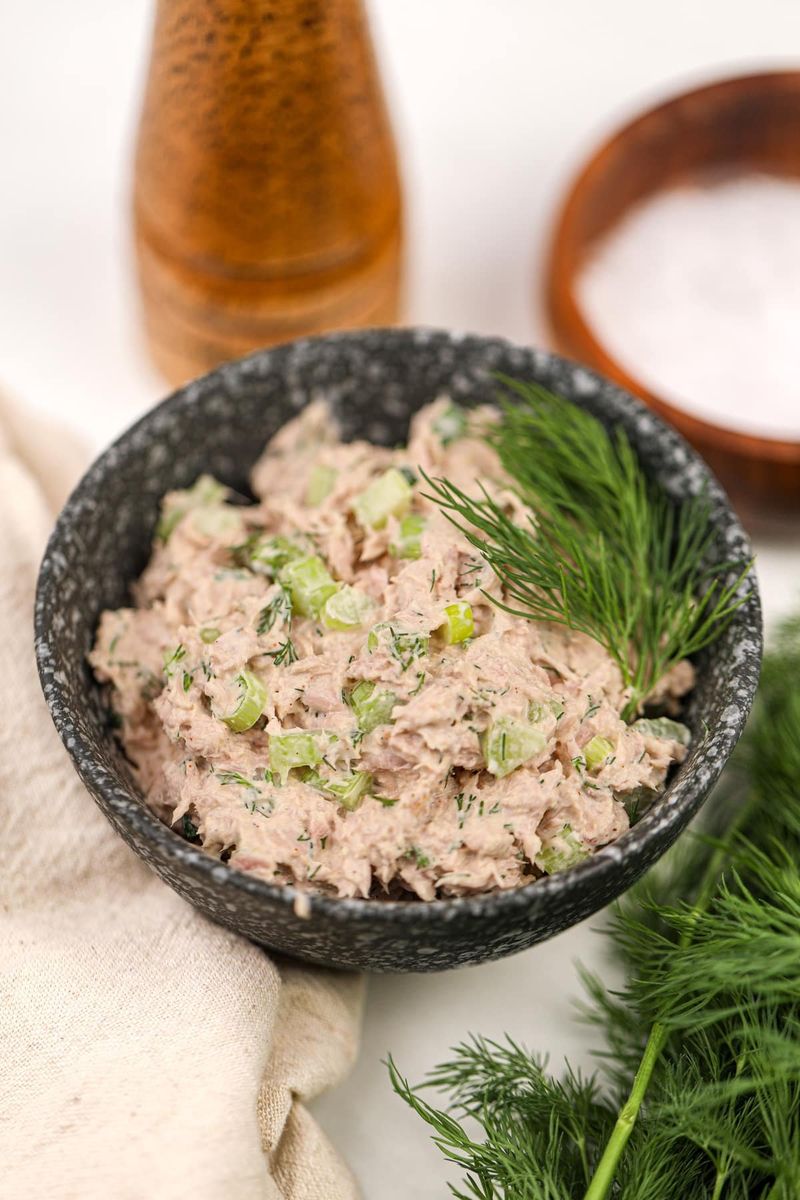
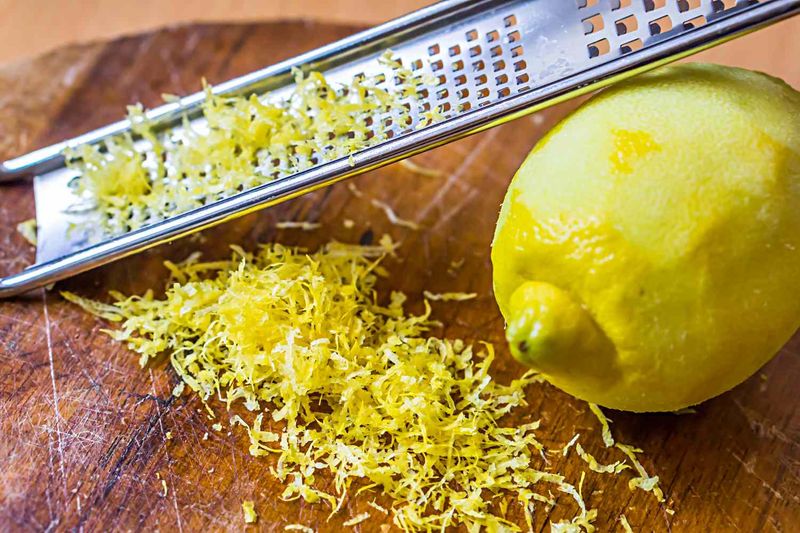
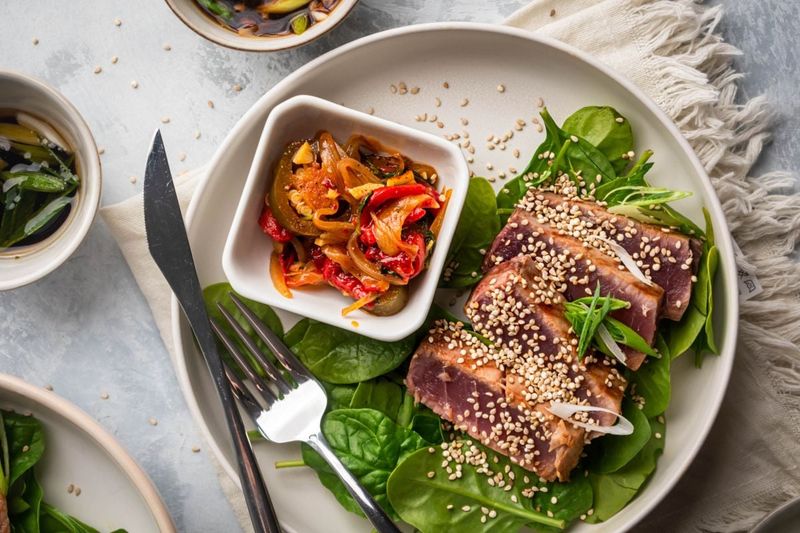
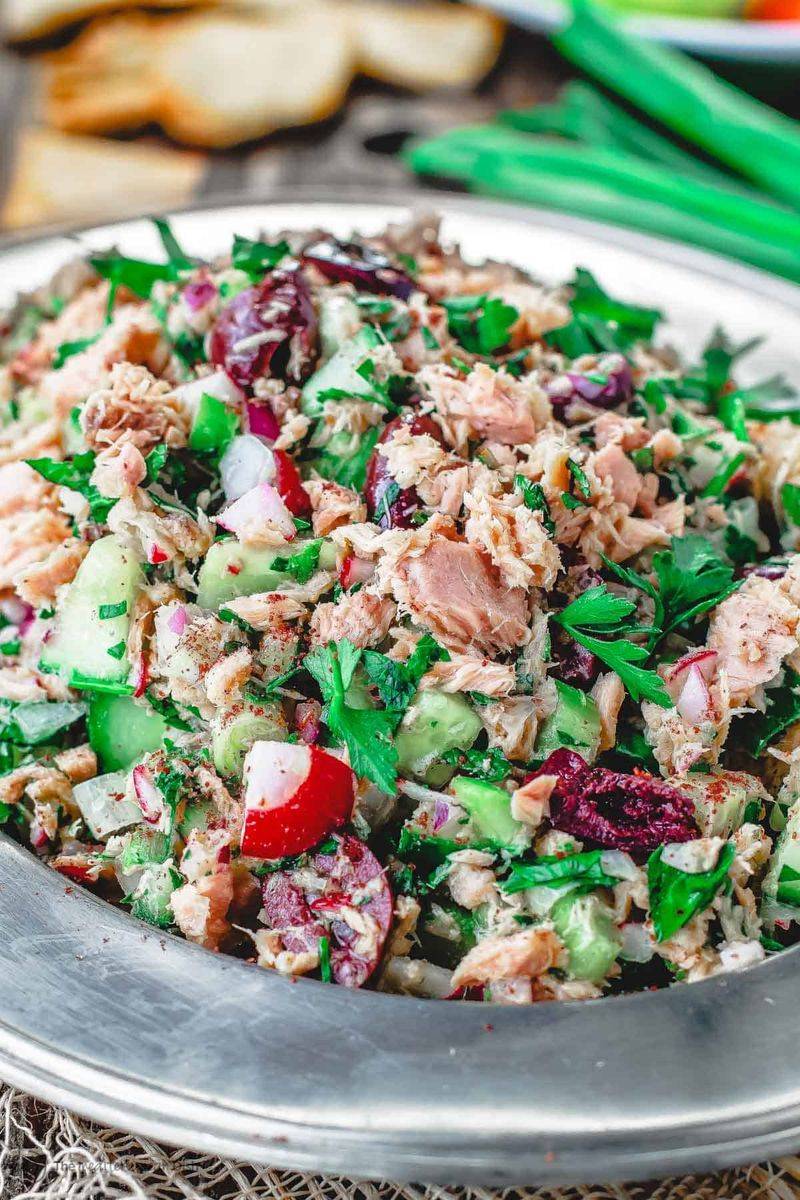
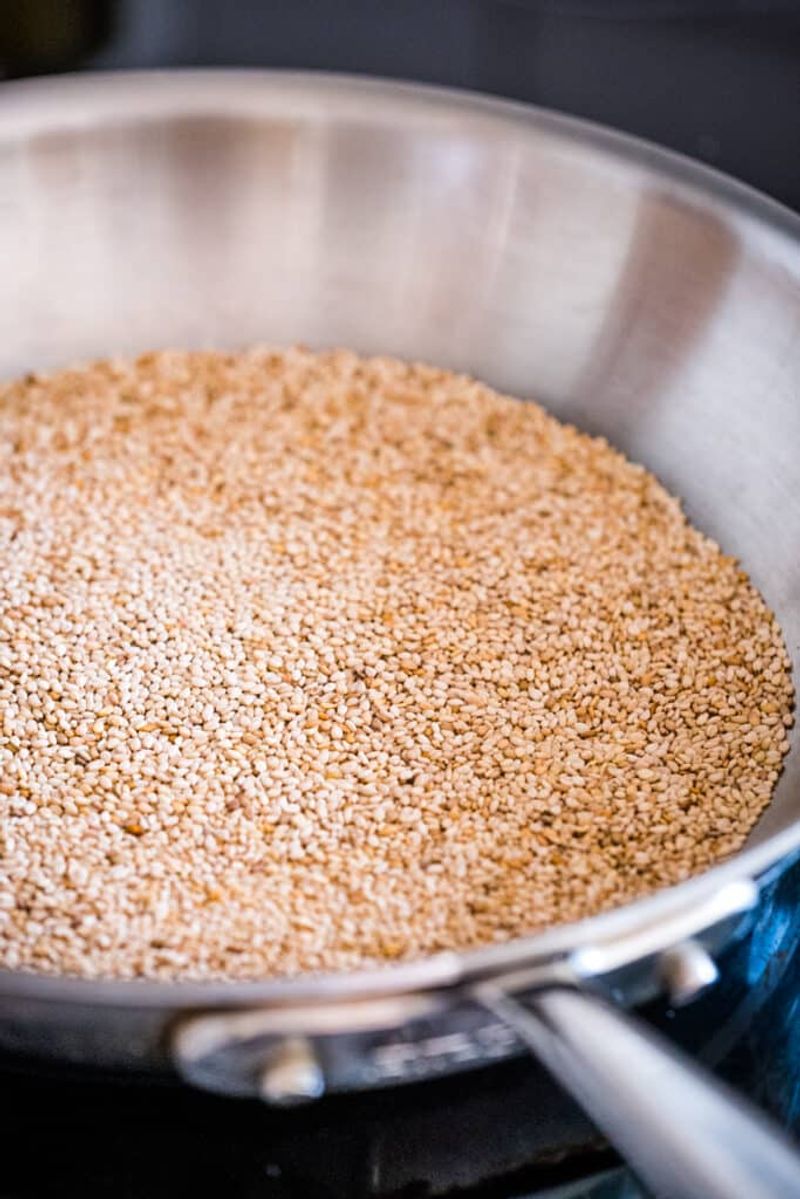
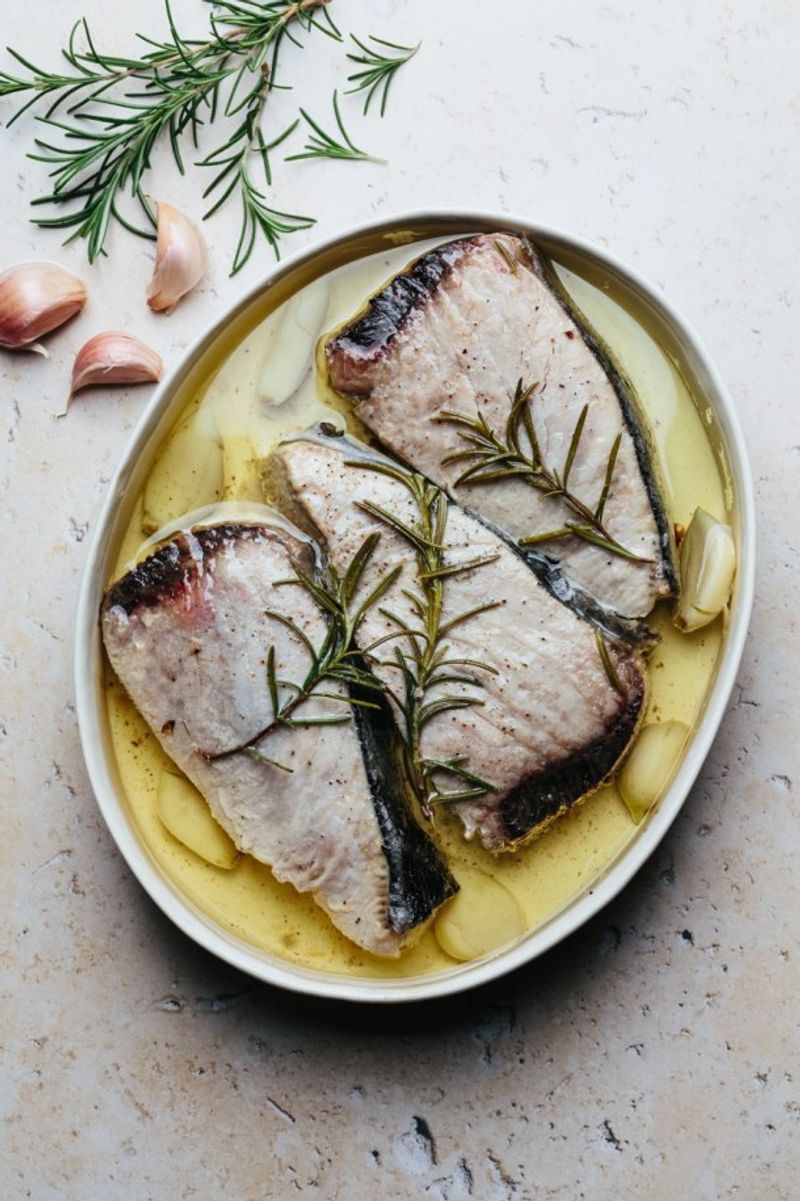
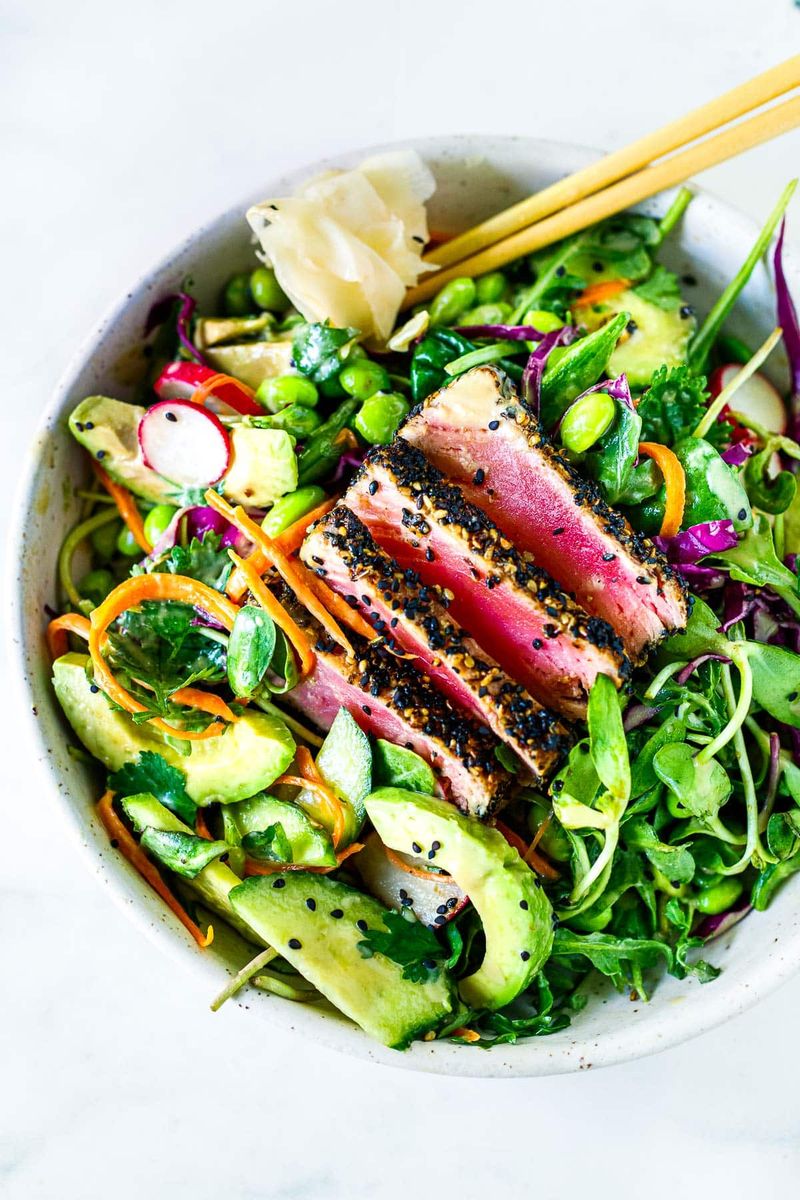
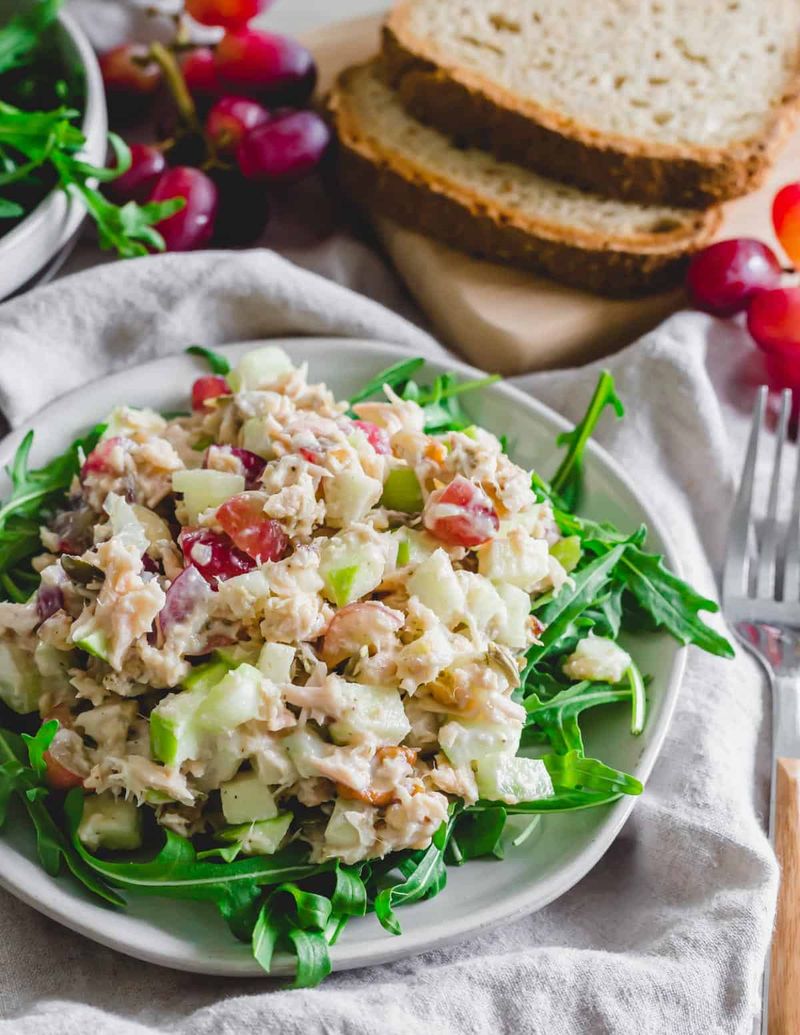

Leave a comment